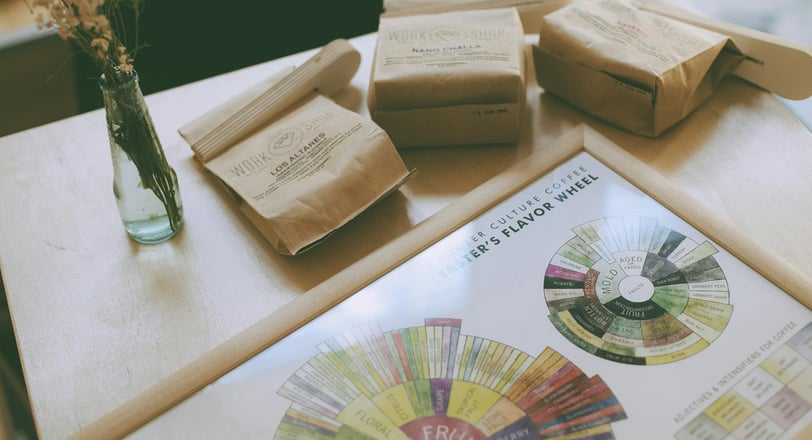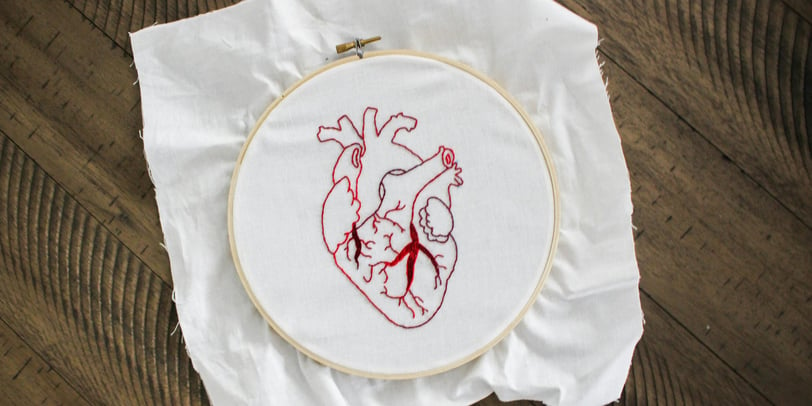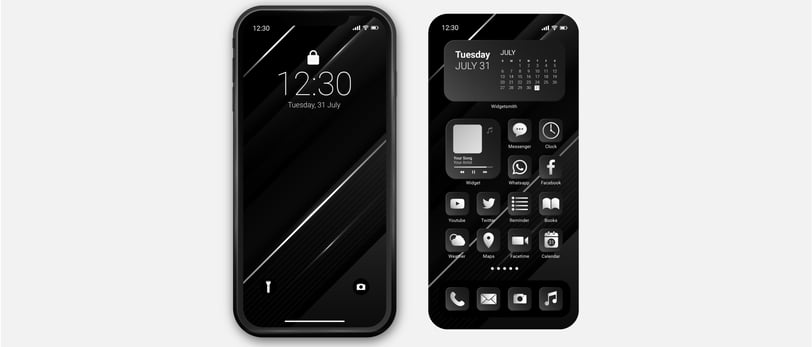Sustainable Design: How to Make Eco-Friendly Choices


1. Design for Emotional Durability
Most people talk about physical durability, but emotional durability is just as important. If a design is timeless, people will keep it longer, reducing waste. Here’s how to create emotionally durable designs:
Design for attachment: Give users a reason to connect with the product—through personalization, storytelling, or nostalgia.
Avoid trends: Trendy designs age quickly, leading to faster disposal. Instead, focus on timeless aesthetics.
Make it repairable: Allow users to upgrade or customize their products instead of replacing them.
Example: Brands like Patagonia encourage customers to repair worn-out clothes instead of discarding them, reinforcing emotional value.
In today's fast-paced digital and physical world, sustainability in design is no longer just an option—it’s a responsibility. As businesses and consumers become more eco-conscious, designers must integrate sustainable practices into their work, whether it’s in branding, web design, or product packaging.
Sustainability in design is often reduced to familiar checkboxes—recycled materials, energy-efficient processes, and minimal packaging. While these are essential, true sustainability in design goes much deeper.
At Design Diagnosis, we believe that sustainable design isn’t just about materials but also about strategy, psychology, and long-term impact.
Here’s how to make truly eco-friendly choices that go beyond the obvious.
2. The Hidden Impact of Color Choices
Did you know that certain colors require more energy and water to produce? For example, black dye is one of the most environmentally harmful pigments because it requires heavy chemical processing.
Choose natural dyes: Opt for colors derived from plant-based sources.
Use undyed or minimal-dye materials: Reduce unnecessary color processing when possible.
Consider lighter colors: Lighter shades often require less dye and fewer harmful chemicals.
3. Sustainable UI/UX Design Choices
Sustainability isn’t just about physical products—it also applies to digital experiences. Eco-friendly UI/UX design can reduce energy consumption and server load.
Dark mode reduces energy usage on OLED and AMOLED screens.
Optimized code and compressed images lower website data transfer, reducing the carbon footprint.
Minimalist interfaces not only enhance user experience but also reduce unnecessary computing power.
Example: Google introduced a black-themed search engine in the past to save energy on OLED screens
4. Smart Typography and Printing Choices
Did you know that font choice affects ink usage?
Use eco-friendly fonts: Fonts like Ryman Eco and Ecofont use less ink while maintaining readability.
Optimize line spacing and margins: Reducing paper waste in print materials.
Encourage digital consumption: Offering QR codes instead of printed brochures cuts down paper use.
5. Biodegradable Digital Footprints
Data storage consumes massive amounts of energy. Every email, image, and video stored in the cloud has an environmental impact.
Reduce email bloat: Unsubscribe from unnecessary newsletters and delete old emails.
Optimize file storage: Use efficient file formats like WebP for images and compressed PDFs.
Encourage local hosting: Data stored closer to users reduces energy-heavy data transfers.
Final Thoughts
Sustainable design isn’t just about using recycled paper or switching to LED lights. It’s about rethinking the entire lifecycle of a product, service, or digital experience. By focusing on emotional durability, color impact, digital sustainability, typography efficiency, and digital footprints, we can create designs that are not only eco-friendly but also forward-thinking.
At Design Diagnosis, we diagnose design problems and prescribe sustainable solutions. Let’s build a future where design isn’t just beautiful—it’s responsible.
Need help making your brand more sustainable? Let’s talk!











